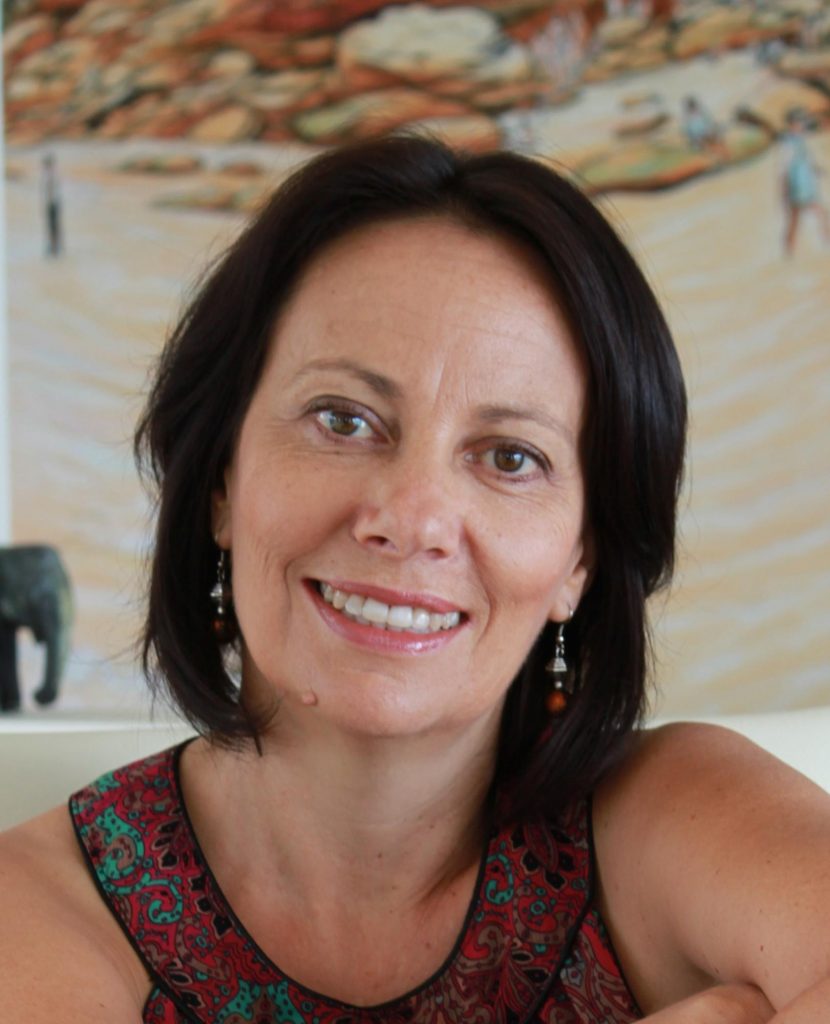
Sue Whiting is a successful Australian author writing for children and young adults. She also now teaches at the Australian Writers’ Centre, so we cornered her at the water cooler and threw some questions her way.
Hi Sue. Your background is in primary school teaching. Was there a spark or a moment when you realised that you wanted to get into children’s book publishing?
“My days as a primary school teacher were very influential. It was while I was teaching that I fell in love with children’s books – picture books, in particular – and when I first started to think about writing. In fact, it was during some post graduate studies in reading/language development and children’s literature at the University of Western Sydney that I wrote my first children’s story.”
Was it any good?
“It wasn’t a very good story – it was way too long! – but it was the story that ignited my passion for writing for children. It took me about ten years before I was brave enough to give writing professionally a go, but all the while, my passion for children’s books prevailed. Interestingly, my picture book, Elephant Dance, illustrated by Nina Rycroft was inspired by that very first story, almost twenty years later.”
So what would you say is the biggest mistakes people make when they are writing children’s books?
“I think the first mistake many people make is thinking that writing for children is easy. ‘Hey, five hundred words, how hard can that be? I’ll have it ready by lunchtime.’ The reality is very different. Writing for children has all the challenges that any type of writing has – plus a few bonus extras! And, frankly, telling a complete narrative in so few words is really tricky. Every word must earn its place.
“The hardest thing to achieve when writing for children, I believe though, is writing authentically from deep within a child’s point of view. Many writers THINK they do this, but in reality they often come across as an adult PRETENDING to be a child. There is a difference. And your child readers can pick a faker from a hundred paces. This is especially so when the story is didactic or serving to teach a lesson.”
We know plenty of adults who act like children. But we digress. So what specifically is the hardest thing for YOU when writing your books?
“Time. Like most, I am very time poor. Until recently I was juggling a full time publishing job, a long daily commute, my writing, speaking engagements and family etc. I always seemed to have to squeeze my writing into teeny tiny spaces of time. This can – and did – work for a while, but what it didn’t allow for was the space and the time to dream and reflect and analyse and really get inside my story and characters and see better possibilities. I have now made some significant changes to my working life and hope to achieve a better balance and have more time for my writing.”
Amen to that. So what lights you up about writing for kids and young adults?
“Like most writers, I love it when the words are flowing and the story is working and unexpected solutions to problems reveal themselves. They are sweet, sweet moments. I also love that first flash of inspiration when a new character or new idea starts to worm its way into your brain and opens up endless possibilities. Heady stuff. But what I love the absolute most is sharing my books and stories with my young readers at school and library visits and festivals – seeing young faces light up as you read from your book, well, it doesn’t get better than that.”
Young faces lighting up is what lights you up… That’s incredibly sustainable – well done! So tell us what a normal day looks like to you? Do you have a writing routine?
“As I have just stopped full time work, I am in the process of developing a new routine. It is starting to look like this: long morning walk (important to get the cobwebs out and to open the brain to inspiration), coffee, free journal writing for about twenty minutes, email, then head down and full concentration on the work in progress, lunch, editing, researching, email, and maybe a little more writing, and then before I know it, ‘Oh, it’s wine o’clock’. I aim to get a minimum of 500 good words down each day, but am more satisfied if I can get closer to 1000.”
And how’s it all going so far?
“I am loving it! It’s such a luxury to be able to invest whole days to writing. But regardless of the time available, I am a big believer of the practice of writing daily. I think it was Jodi Picoult who said something to the effect that you should write daily, and write until it’s like a muscle you can flex on demand. I wholeheartedly agree and I love the days when I can flex that muscle. When I wrote my YA novel, Portraits of Celina, I wrote the bulk of it on the train on my way to work, the first twenty minutes of the journey before the train became too crowded. So it can be done.”
It’s truly your station in life! So finally, what advice can you share for anyone hoping to become a children’s author?
“Practice your craft. Read widely and often, and read like a writer. Always write from the heart. Have something to say and say it with absolute honesty. Don’t try to follow trends. Let your uniqueness shine through in your writing. Be persistent. And never give up! It’s worth it.”
Wise words indeed! And you may have the opportunity to learn from Sue Whiting right here at AWC. Go here to see more of her bio and the courses she teaches.
About us
Contact us